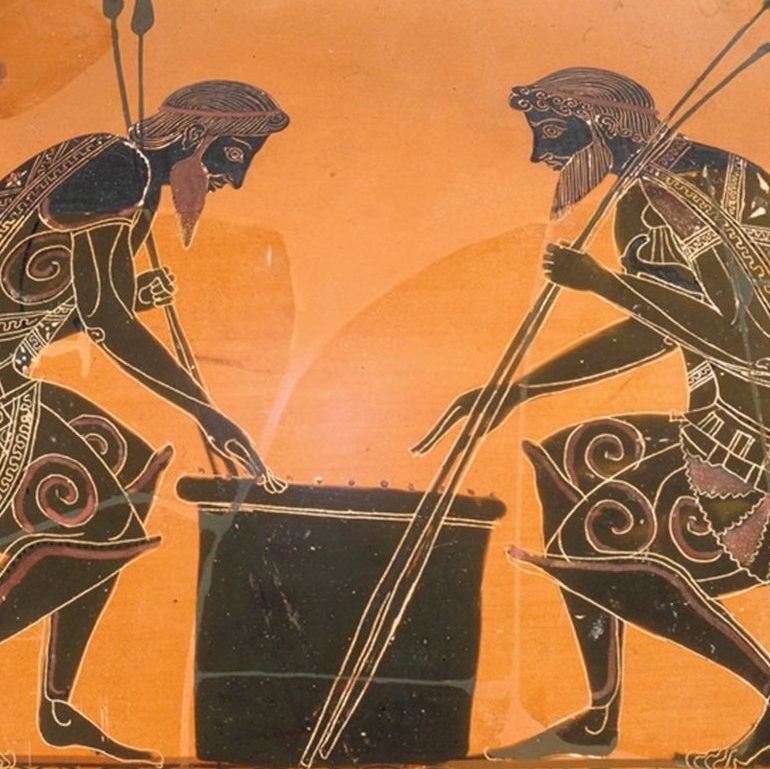As a youth riding buses and subway trains in New York City, and as a child in the backseat of the family car, I loved to stare out windows in silence, even if everyone around me was loud with conversation. I lived inside my head, not the world, and observation was a form of contentment. All this was concurrent, I think, with my love of movies, long before I studied them. Watching the scene go by through a window offers an experience of the world arising and receding from moment to moment, a constant flux of apparent continuity. Within the flux come the greater eruptions, a house, a car, a fence post, a shrub in a field, a tug on the water, the World Trade Center Towers twenty miles in the distance.
Subway cars even afforded the opportunity to sit and travel backwards. Rather than catch the next landmark passing only in an instant before my eye and be gone, during those many years when I rode the subway out from the bowels of city tunnels and into the light, across Jamaica Bay and to the Rockaway Peninsula, I could watch the world recede long and far in the distance. I was a melancholy child and youth, and I felt the loss of things I never possessed, or even knew until I knew of their loss, and I mourned them.
While I loved movies for a reason that I loved reading, for the stories to be found in them, I loved film, too, for the graphic and plastic motion in it, and my appreciation for the malleability and interaction of motion, light, texture, and line developed with age and study. But the most fundamental and easiest way to experience them is to stare – or point a camera – through a moving window. An obverse experience is to visually track a moving object.
The footage in the video below was taken by the video’s creator from open source material at the Internet Archive, from the Prelinger Collection. A Pathé production from the 1950s, the short covered the “The End of the ‘El’,” the Third Avenue El, the last of Manhattan‘s elevated, rather than subterranean, subway lines. The creator of the video has replaced the original spoken soundtrack with “Closing,” the last track on Philip Glass‘s 1982 Glassworks.
Related articles
- CineFile – Paths of Glory (sadredearth.com)
- CineFile: Mothers, Sons, & Political Paranoia (sadredearth.com)
- CineFile – Five Easy Pieces (sadredearth.com)
- CineFile (sadredearth.com)
- CineFile – Basquiat (sadredearth.com)
- CineFile – The Farewell Waltz (sadredearth.com)
- CineFile – The Thin Red Line (sadredearth.com)
- CineFile – Norma Rae (sadredearth.com)
- CineFile – The Film Music of John Barry (sadredearth.com)

